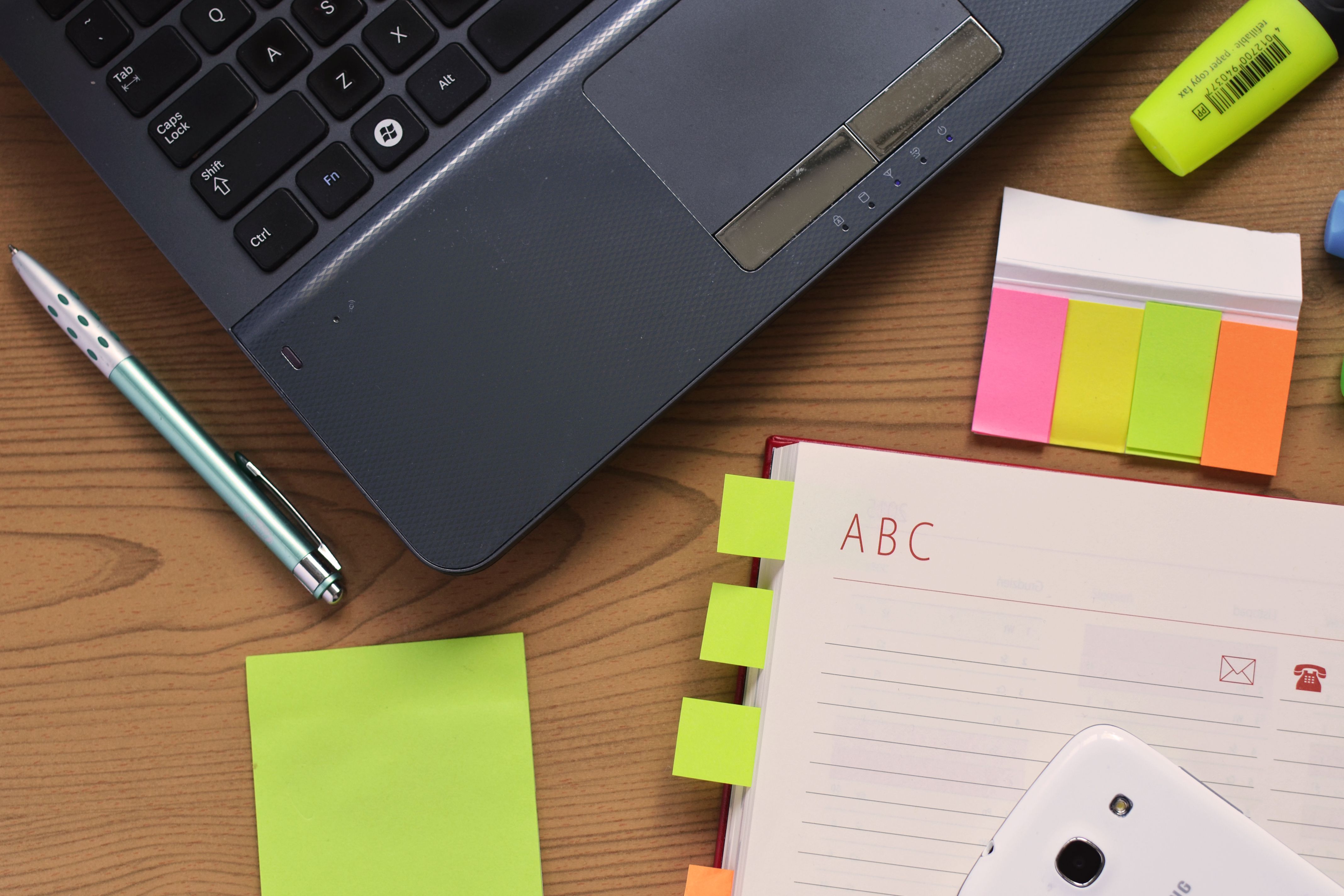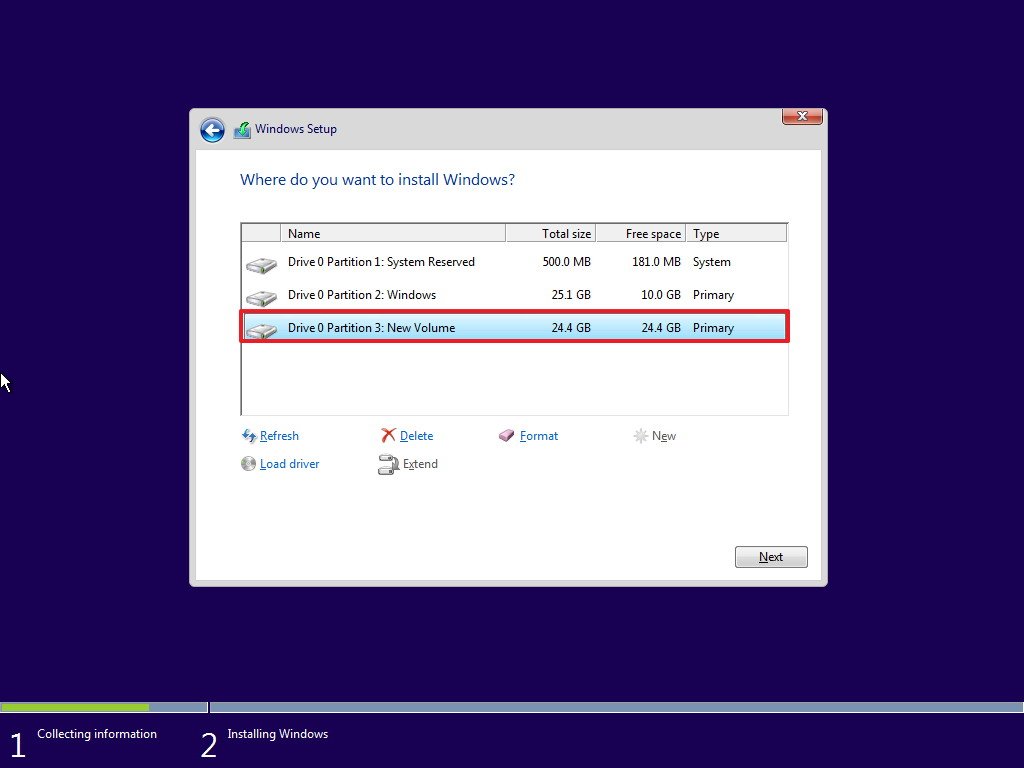Google USB Driver Package, Revision 4?

The Android Software Developer Kit, simply named as Android SDK, or ADB is what all of the advance users of Android should have attached with their Windows running computers. In fact this tool stands behind each developer who's going to be working in developing and testing latest apps for improving, updating or unchaining different version in the Android OS. Basically, that you are dealing with some codes that will likely be inserted from the command prompt window and whereby you is going to be able to activate and access the device and in built programs from a handset.
Eclipse will be the language the place that the codes are written, so if you desire to learn more details on this concept searching through the web because there are a lot of tutorial explained about precisely the same. Now, the Android SDK has the platform tools plus the ADB drivers by using this comprehensive guide you will be taught how to put in the mentioned tools on the Windows based computer.
So, mentioned previously Android SDK has used for developing latest apps; but that’s you cannot assume all. By using the ADB commands it is possible to perform several operations, like updating to custom ROMs, unlocking the bootloader, rooting or apply customization and optimization tasks for helping the performances person Android smartphone or tablet. As you'll be able to see having and knowing how to work with ADB is critical especially if you desire to take your device to an alternative level. And since we've noticed that there are various users that are having troubles while trying to fit the Android SDK on their own computers, we now have developed this comprehensive guide.
But, prior to starting the proper operations there ought to be applied some pre requisites. You have precisely the same explained and detailed throughout the next set of tasks, so take some time and read the preparation procedures. Then, you are able to safely take care in the installation process.
AVD Manager”. By completing this you is going to be able to keep up to date with each of the platforms.
- The Android SDK has some fundamental system requirement; prior to going any further check them using the link came from here.
- Also, on your pc you will have to download JDK, the Java Development Kit; make use of the link from this point.
- Now, if you're looking forward in developing latest apps for the Android OS, then, you'll want to download the Eclipse IDE (make use of the link from this point) and also the ADT plug-in that may be downloaded from this point.
- Install Eclipse on your own PC, run a similar and then head over to “Window -> Android SDK -> AVD Manager”. By completing this you will probably be able to remain up to date with the many platforms.
- Of course in case you don’t want to work with Android SDK for developing and testing apps, it is possible to skip the Eclipse IDE section.
You can begin the installation procedure now. Again, do not forget that this tutorial has suitable only should you have a Windows running computer. If you want to put in Android SDK / ADB over a Mac OS X / Linux device employ a proper guide (check through our the best way to section for the identical).
How to Install Android SDK / ADB on Windows
1. In order to get combined with the Android SDK, first it's advocated to download the tiny edition; don’t worry it is possible to anytime have the one suitable together with the advance users.
2. So, download the starter package came from here and save the file about the desktop.
3. Extract the file and put it on the root from the C driver. You should get such as “C: android-sdk-windows”.
4. Go to your mentioned folder (C: android-sdk-windows) and open SDK manager.
5. From there select “Android SDK Platform-tools, revision 6” as well as anything else you need and start not hard to install procedure.
6. Then, visit path “Available Packages -> Third party Add-ons -> Google Inc. add-ons -> check Google USB Driver package, revision 4? and install that a lot.
7. You can close the manager now.
8. Up next, on your hard drive click on “Start / Windows button -> Control Panel -> System proprieties”.
9. Choose “Advance System settings” and then “Environment Variables”.
10. Now we'll set around the variables; to carry out so, scroll down unless you see “Path” - click on precisely the same.
11. Into the Value field, within the end with the line add these “;C:android-sdk-windowsplatform-tools;C:android-sdk-windowstools”.
12. Click “OK” and exit.
13. Now, take your Android based tool and enable the USB debugging option upon it: “Settings-> Applications-> Development”.
14. Connect your handset with all the computer by employing its USB cable.
15. Install the right drivers to your phone / tablet.
16. Open command prompt on your pc (“Start -> run -> cmd”).
17. On the cmd window type “adb devices”.
18. Your device should certainly listed in cmd meaning that you're done.
 In case you're not obtaining the expected results, then something wrong might had happened. Anyway, seek to do this in order to resolve the down sides:
In case you're not obtaining the expected results, then something wrong might had happened. Anyway, seek to do this in order to resolve the down sides:- Right click for the “My computer” icon then open the Device manager.
- A yellow exclamation mark needs to be near the Unknown Device group.
- Right simply click ADB and select “Update Driver Software -> Browse -> Let me pick”.
- Click on “Have disk -> browse”.
- Head to path “C:android-sdk-windowsextrasgoogleusb_driver and judge android_winusb.inf.” and click for the Android ADB Interface.
- Ignore the warnings if such is displayed.
- When cellular phone procedure has finished, re-open the cmd on your pc, type “adb devices” all over again; this time around everything needs to be working as expected.
So, there it is; now that you've learned how to setup Android SDK / ADB on your own Windows running computer. You can now put in a custom ROM on the device, root or unlock its bootloader, or why not it is possible to even create a new app for your Android OS. Use the comments area from below for sharing your impressions and thoughts around.
